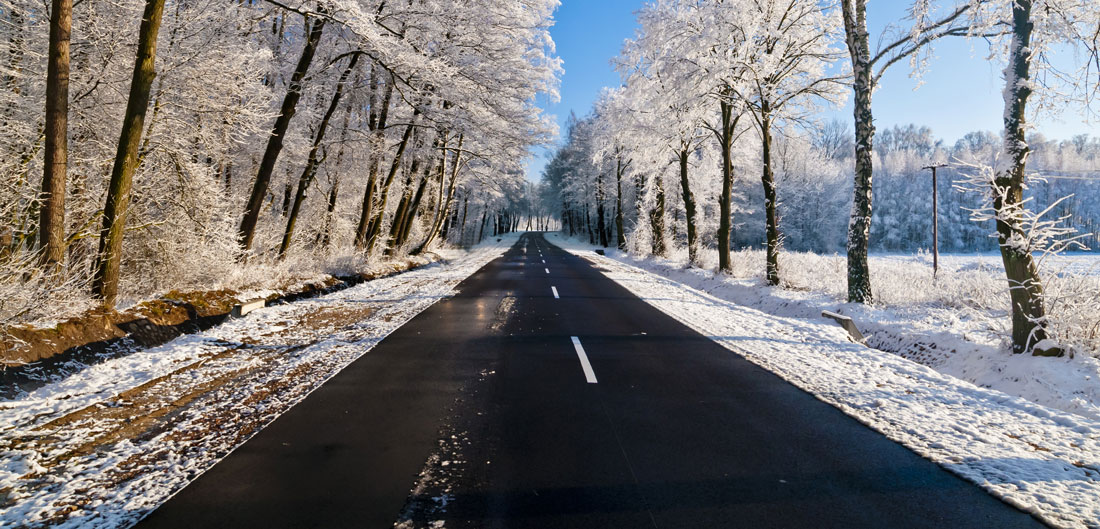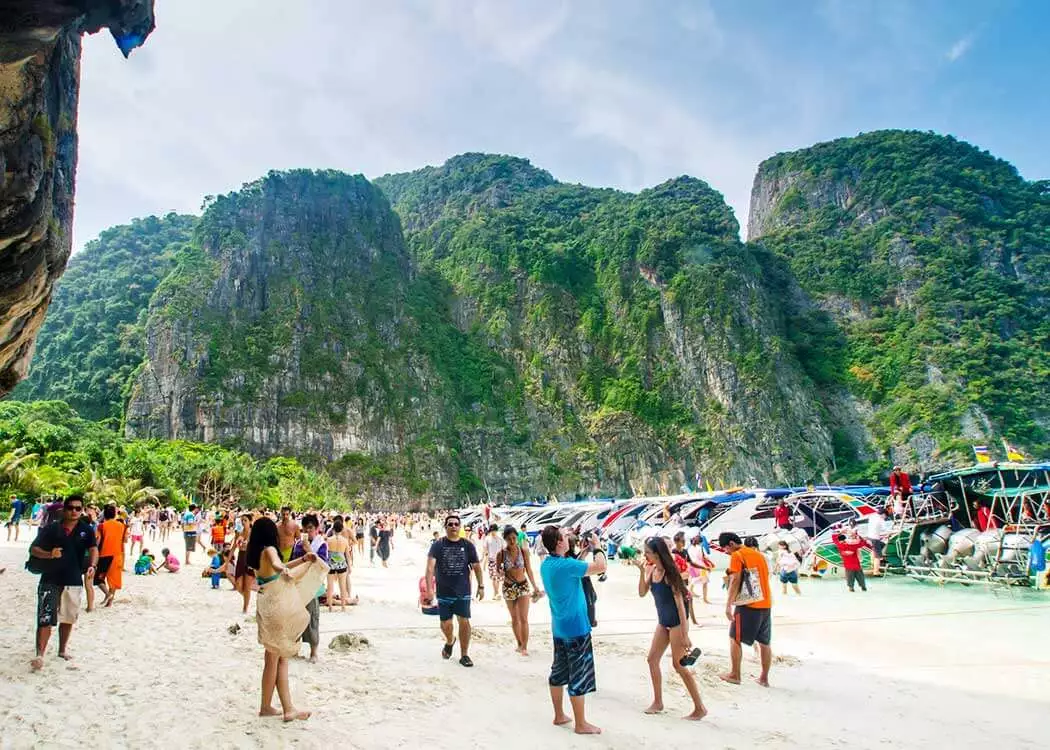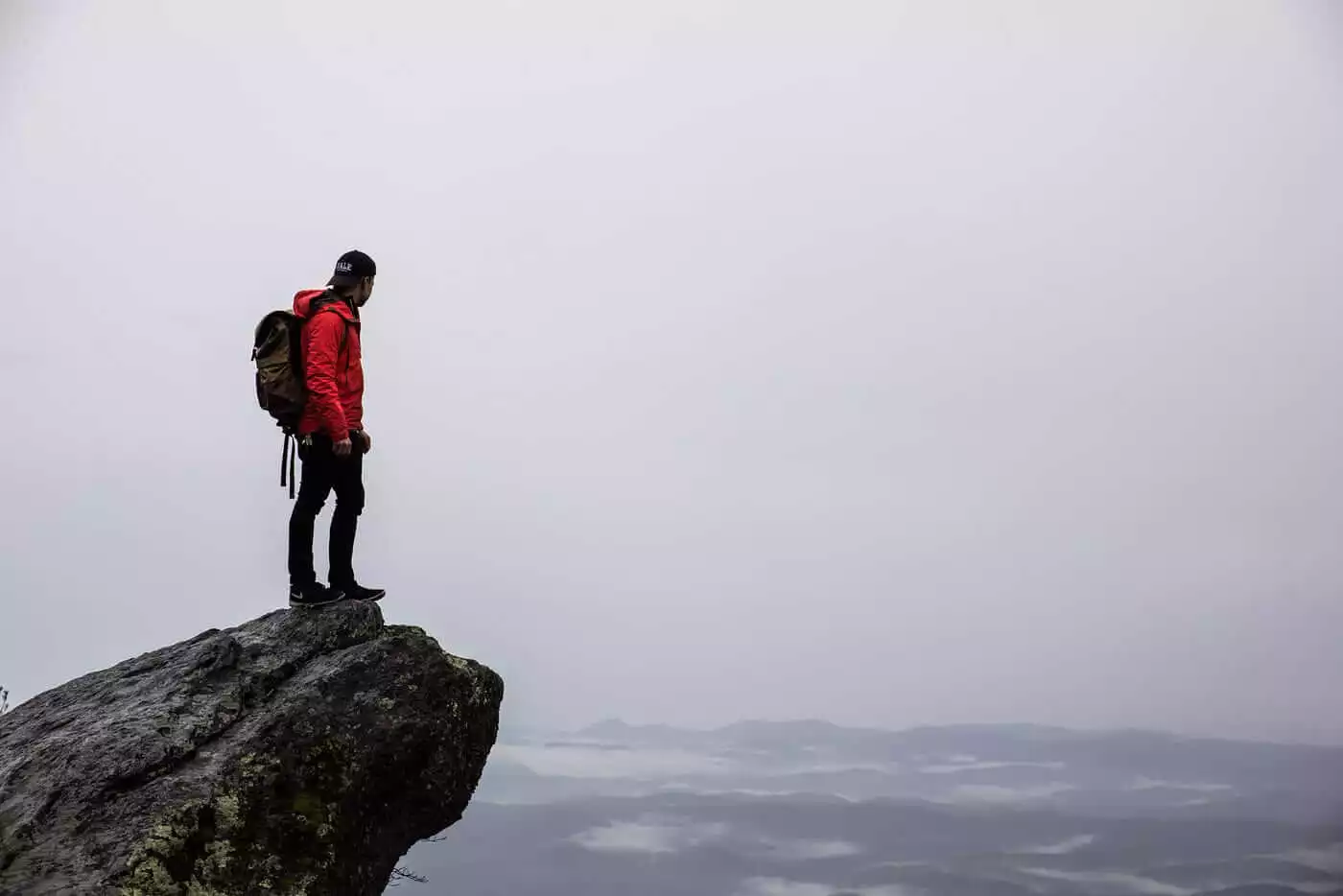If you’re looking for some safety tips for travelling on NZ roads this winter, you are spoilt for choice. There are a handful of organisations out there offering plenty of free advice on their websites, with the AA being the most well known. But regardless of where you seek information from, all of those organisations will tell you to be wary of something you can’t really see: it’s called black ice.

New Zealand roads change in winter. Especially in the lower South Island, where ice becomes a bigger and bigger concern with every degree the temperature falls. But it’s not just an issue in the deep South; the roads of the mountainous central North Island also provide slippery and challenging conditions, and black ice is often the culprit.
Black ice is not actually black. It is actually transparent and that means you can see the road surface through it – hence the name. In most cases, ice on the road looks white because air bubbles are trapped inside. On the other hand, black ice is created in an unusual set of circumstances. It requires below-zero conditions, melting snow, fog, light rain and even condensation from vehicle exhausts to form, most often in calm conditions with little wind.
On a freezing cold but sunny day, heat will melt away white ice but what remains will often refreeze overnight in the form of black ice. Because black ice starts as little more than a watery surface, it is very difficult to see as it is extremely thin. In many cases, it looks like a non-threatening puddle, but it poses a bigger risk than that. And it is an ongoing threat. Even if your car’s thermometer says the temperature is above freezing, especially in the morning, that doesn’t mean black ice isn’t present on the roads; the road surface might not have had time to heat up sufficiently to melt the ice.
That’s why you should be careful when you see wet-looking patches on the road on a fine day. Those patches might not be harness puddles. Especially if they’re located in a spot that looks like it doesn’t get much sun e.g. a stretch of road with tall trees on either side or a shady corner by a rock wall. Note too that bridges are more likely to be icy (both white and black) because cold air is allowed to circulate below and above the structure, and there’s not as much insulation underneath to increase the temperature above the freezing point.
If you’re renting a car to explore New Zealand at its most beautiful this winter, particularly in the South Island, be wary of the hidden danger. That innocuous-looking wet patch on an otherwise dry and sunny road might not be the small puddle you think it is. If you do strike black ice and lose control, don’t panic. You won’t be able to do much anyway, as your vehicle will have virtually no grip or traction. Remain calm and try and keep the steering wheel at the straight-ahead so your wheels are pointing the right way when you regain some control. Then, it’s simply a case of waiting for the patch of black ice to pass.












